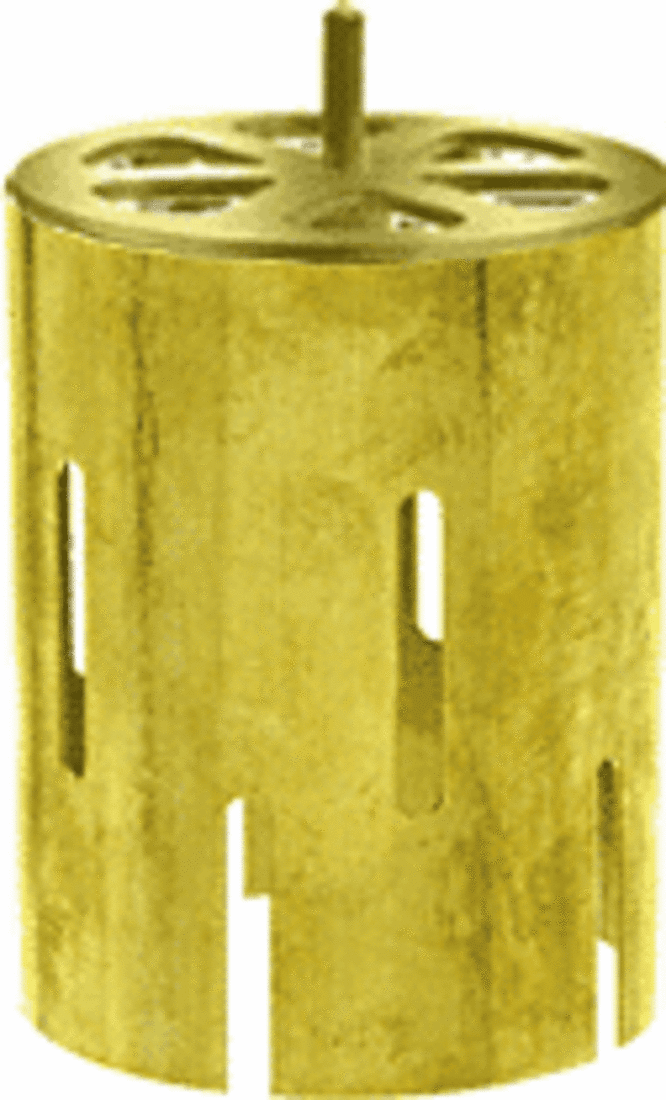The only other reason that such precision would be created in an object would be that the tools that are used to create it are so precise that they are incapable of.
It strikes me that neither of those statements makes any sense. A lathe cannot produce anything of a n indeterminate lumpy texture. Even the turnings are precise. Apply this thinkibg to other devices like a wood saw or metal saw, or a hand drill, ir a die for cutting threads on a rod.
High pressure water jets can cut hard metal, let alone stone MOH 6-7 or ceramics with MOH index of 8 or 9. Maybe they were able to create such water jets. That would seem to be a real possibility.
I have used ultrasonic tools to precisely machine silicon carbide with diamond grit slurry and a metal tool delivering the vibrations. I would think that given the ingenuity to design a rotary disk and/or vibrating tool tip that a water slurry of granite dust or sand (which is grains of quartz or zircon with a higher MOH) could be used to cut a thin slot into the massive stone. Such a slot would by its own action create a very precise planar surface on each side of the cut
These archaeologists simply have no practical imagination, not even as much as the cultures they are digging out. Even their nimbleness in the spiritual dimension is far less than that of the prophets who believed God and wrote the self-consistent Holy Bible. Dame Kenyon, who dug at Jericho, couldn't comprehend that the Bible tale of the fallen walls was true, (which later diggers proved to be so) not believing at all in a real Creator.
Using a slurry of granite dust as the grinding medium would, after a washing down and cleanup, not leave a smidgin of evidence as to how the cutting was achieved, would it?
Bunch of unimaginative dummies. That's probably the reason they can't find work anywhere else.
As a glass dealer and engineer my shop used a tube drill to cut circular holes in the glass. That is, a brass tube having three or four vertical slots of say 1/8" and a steel shaft of say 1/4" + to fit an ordinary electric drill is still commonly used to produce round holes of small and large diameter
The tube drill uses very hard fine carborundum particles to grind the hole. The particles imbed in the slots as the tube rotates and grind a circumferential slot. In the end, a perfectly round hole is cut and a perfect circular core is cut as well.
As the hole is cut, the soft brass is also eroded such that the slots are deep and there is a double layer of slots
That is, the 4000 + year old technology you describe using a fine very hard particle (sand) cutting medium is alive and well and in use in all glass shops that cut round holes in glass.
Four Inch Diameter Tube Drill

